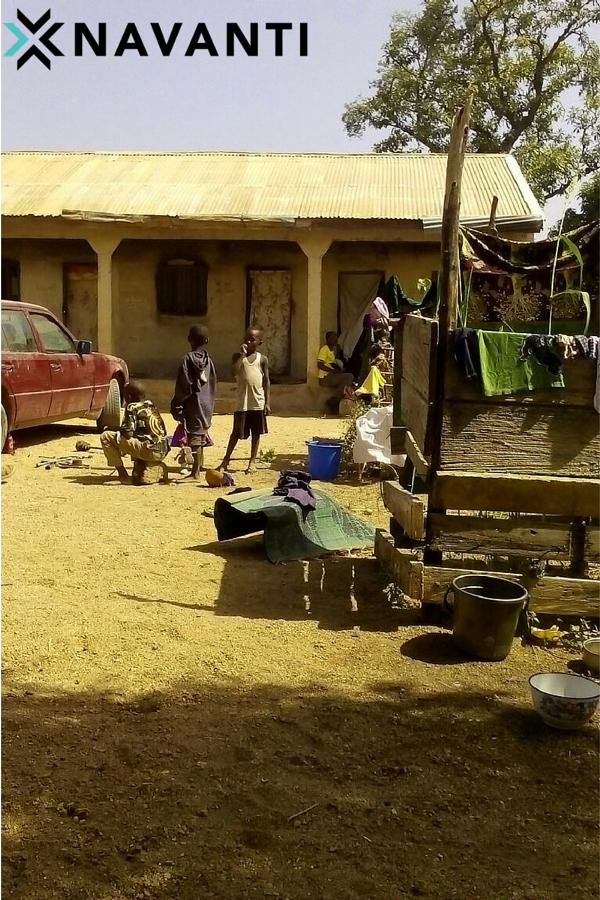Young Families from Michika LGA Face Tough Decision in Northern Nigeria

Average household numbers are increasing in northeastern Nigeria’s Michika LGA, despite its youth scattering throughout the country in search of employment opportunities. Youth in Michika typically have two options: move in with family to conserve finances, or leave the LGA to seek higher education and formal employment.
>
“Michika LGA is overpopulated. Forty percent of youth don’t stay in their home areas — they have to move elsewhere in search of jobs. The lack of jobs is not unique to Michika alone, this problem is everywhere in northern Nigeria.”
The trend of young families moving back into their parents’ homes is largely due to the low income levels across northeastern Nigeria, especially prevalent in Michika LGA. Ongoing insecurity continues to restrict economic activity in northeastern Nigeria — even in relatively safer areas, blocked roads and fears of attack have driven down trade and left many markets closed.
Without jobs, young families cannot afford to build new homes and support themselves. The main sources of income in Michika are currently civil servant salaries, small-scale businesses, and unskilled labor efforts. The lack of job opportunities combined with insufficient agricultural inputs has caused smaller harvests and economic distress in the LGA.
A large component of the youth leaving the LGA is seeking higher education and other job opportunities elsewhere in Nigeria. Local elders encourage this move. Michika lacks institutions for higher education, which hinders youth development. Despite farming challenges, adults are adjusting seed reserves to combat the insufficient harvests in hopes of stabilizing agricultural output in the long run.
Local governments have recently begun new efforts to rebuild some areas; however, Michika LGA’s economic distress will likely continue if farming outputs do not increase to levels capable of sustaining its population’s increasing demand.

